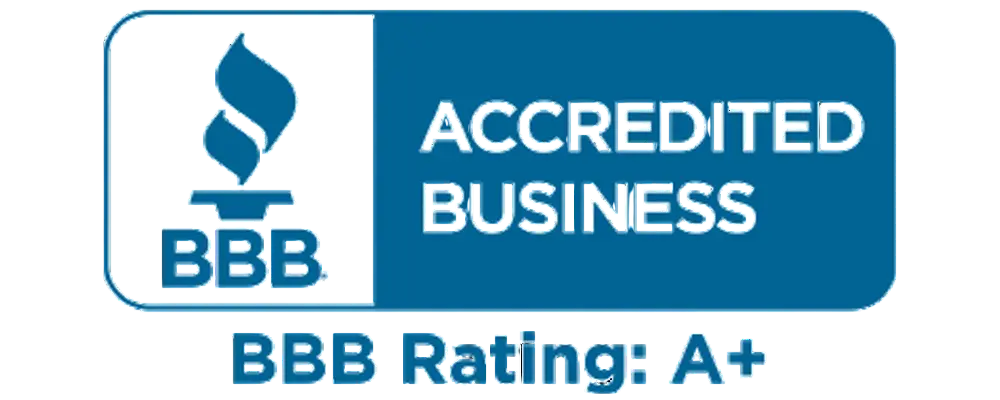Download free PDF
Prefilled Formalin Vials Market Size, Analysis, Regional Outlook, Application Potential, Price Trends, Competitive Market Share & Forecast, 2025 - 2034
Report ID: GMI3265
Download Free PDF
Authors: Mariam Faizullabhoy ,




Prefilled Formalin Vials Market
Get a free sample of this report
Get a free sample of this report Prefilled Formalin Vials Market
Is your requirement urgent? Please give us your business email
for a speedy delivery!





Prefilled Formalin Vials Market Size
The global prefilled formalin vials market generated significant revenues in 2024 and is projected to grow at a notable CAGR during 2025-2034, driven by rising cancer incidence worldwide. As per WHO, around 1 in 5 people will be diagnosed with cancer during their lifetime, and approximately 1 in 9 men and 1 in 12 women will die from it. There will be demand for effective tissue fixation solutions for re-usable tissue specimens in pathology and diagnostic laboratories. Prefilled formalin vials are a popular choice for histopathological examinations of tissue specimens that require an average concentration of formalin with no risk to security and comfort to provide preservation for weeks. As there is a growing emphasis on safety, efficiency, and regulatory compliance in healthcare systems, the use of standardized, ready-to-use chemical containers is increasingly favored over manual preparation.
Formalin, a solution of formaldehyde, is a solution for retaining cellular architecture for biopsy samples. It has previously been prepared manually in laboratories, thereby presenting risks to personnel who are exposed to chemical risks and presenting inconsistencies in concentration. Furthermore, there are no manual hazards in using pre-filled vials as they are user-friendly, allowing for one to carry standardized product, allowing for more streamlined workflows, which omit the risk of exposure, spills, or degradation of samples. Furthermore, hospitals, academic research institutions, and cancer centers are increasingly ramping up biopsy collection rates, adding to the significant interest in a ready-to-use formalin solution.
Histopathology is one of the most essential components of cancer detection and treatment planning. Histopathology requires high-quality tissue samples that are preserved in controlled conditions. Prefilled vials offer a more uniform solution that decreases variability and improves the integrity of specimens; this is extremely important for accurate diagnoses. Also, as medical institutions embrace automating and lean laboratory practices, prefilled reagents and chemicals have been important to reduce time in most hospital and clinical laboratories.
However, the overall prefilled formalin vials market has potential restraining factors. The higher cost of prefilled formats compared to bulk solutions from the manufacturers can create barriers for smaller and mid-size diagnostic facilities with limited budgets.
In addition, especially in areas where there are fewer regulatory controls, there are preferences for using traditional, more manual methods. However, considering the factors that favor lab automation and chemical safety protocols, the market is expected to remain positive overall.
Prefilled Formalin Vials Market Trends
Several important trends will influence the market for prefilled formalin vials. First is the transition to single-use, leak-proof vials that provide a fit with infection control initiatives and have reduced opportunities for cross-contamination. Vials are found in specimen collection kits that are increasingly supplied by manufacturers to hospitals and pathology laboratories and have become enshrined in modern diagnostic pathways. The speculation about transitioning to miniaturized, custom volumes for every biopsy type, such as core needle and fine needle aspiration samples, supports a movement for sample preservation that permits greater precision and less waste through customizable volumes.
Environmental sustainability and compliance with environmental protection legislation are areas where trends are developing. Manufacturers will place more focus on environmentally friendly forms of packaging and approaches that do not use or rely on plastics and glass. Biodegradable materials will have vial components in addition to lower concentrations of formalin, without compromising adverse (preservative) effects. A new development could be the bundling of prefilled formalin vials with specimen tracking systems or labeling technologies, which will help labs manage chain-of-custody and help to reduce the potential for diagnostic errors. As the focus of the clinical lab expands toward standardization, traceability, integration, and use-specific real-time data usage, the demand for enhanced, additive prefilled solutions will grow exponentially over the next iterated time horizon.
Prefilled Formalin Vials Market Analysis
The cancer diagnostics segment held the largest share in 2024. Cancer is one of the leading causes of death worldwide, with millions of biopsies performed each year to diagnose and stage tumors. To accurately assess and manage cancer, preservation of the actual tissue is paramount, and formalin continues to be the gold standard as a fixative for histological evaluation. Prefilled formalin vials help reduce variability in concentration and prevent tissue degradation, both of which relate to the diagnostic accuracy and therapy response.
The use of prefilled formalin vials is important in high-quality throughput oncology centers and reference labs by ensuring standardized sample processing in clinical oncology programs. There has been an increase in cancer screening programs on a global basis, coupled with the increased public health emphasis on early diagnosis of cancer, which has led to increased demand for materials and processes surrounding biopsy collection and preservation. Prefilled vials provide a simple tissue handling option on-site, especially for outpatient or remote clinical processes where pathology labs may not be available.
Recent developments, such as molecular pathology and immunohistochemistry for diagnostics, increasingly require well-preserved tissue samples, thereby increasing the need for pre-filled formalin vials. Increased attention to the safety of laboratories and standards for quality assurance, combined with requirements for clinical lab diagnosis, will place this segment for strong, continued market growth during the forecast period
Europe held a substantial share of the global prefilled formalin vials market in 2023 and is expected to witness steady growth through 2032. Several factors contribute to this regional strength, including the presence of well-established healthcare systems, robust diagnostic infrastructure, and stringent safety regulations. European Union directives concerning the use and handling of formaldehyde in laboratories have pushed institutions toward adopting safer alternatives like prefilled vials. In countries such as Germany, the UK, and France, pathology services are increasingly centralized, and quality control is tightly regulated, encouraging the use of standardized fixatives.
Additionally, the increasing burden of chronic diseases—including cancer, cardiovascular disease, and rare genetic disorders—has led to a growing number of biopsy procedures across the continent. European diagnostic laboratories are also early adopters of laboratory automation, where ready-to-use consumables like prefilled vials integrate seamlessly into automated workflows. Demand from both public and private hospitals, along with partnerships between diagnostic labs and academic institutions, has contributed to market expansion. The growing emphasis on occupational health, sustainability, and biohazard waste management is further propelling the transition toward prefilled solutions. Given these factors, Europe is expected to remain a significant contributor to the global market during the forecast period.
Prefilled Formalin Vials Market Share:
Major companies in the market include:
To strengthen their presence in the market, companies are adopting a range of strategic initiatives. One major approach involves innovation in packaging—developing leak-proof, tamper-evident vials with enhanced safety features. Firms are also expanding their product lines to include various vial sizes and formalin concentrations to cater to diverse diagnostic needs. Strategic partnerships with diagnostic laboratories and healthcare institutions have helped companies gain access to high-volume customers. Moreover, some players are integrating their vials with barcode labeling or tracking technologies to improve workflow efficiency and traceability.
In addition to product diversification, many firms are investing in regional expansion through distribution networks and compliance with local safety regulations. Participation in medical trade shows and collaborations with pathology associations have helped raise product awareness. Lastly, companies are focusing on sustainability by introducing recyclable packaging and environmentally safer formulations. These combined efforts enable market players to not only meet regulatory standards but also to establish long-term relationships with end-users and gain competitive advantages in the global landscape.